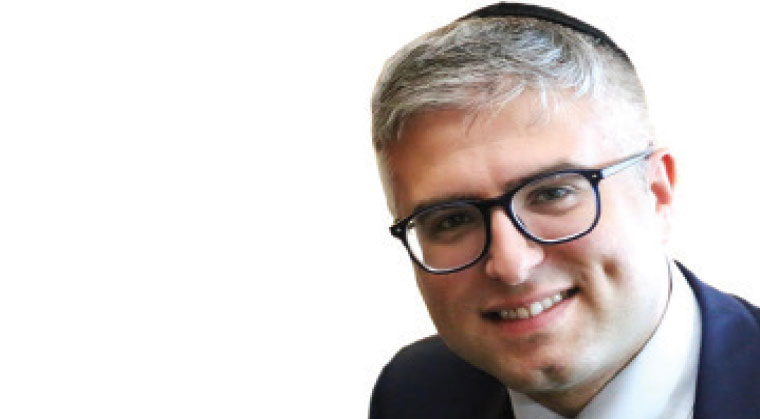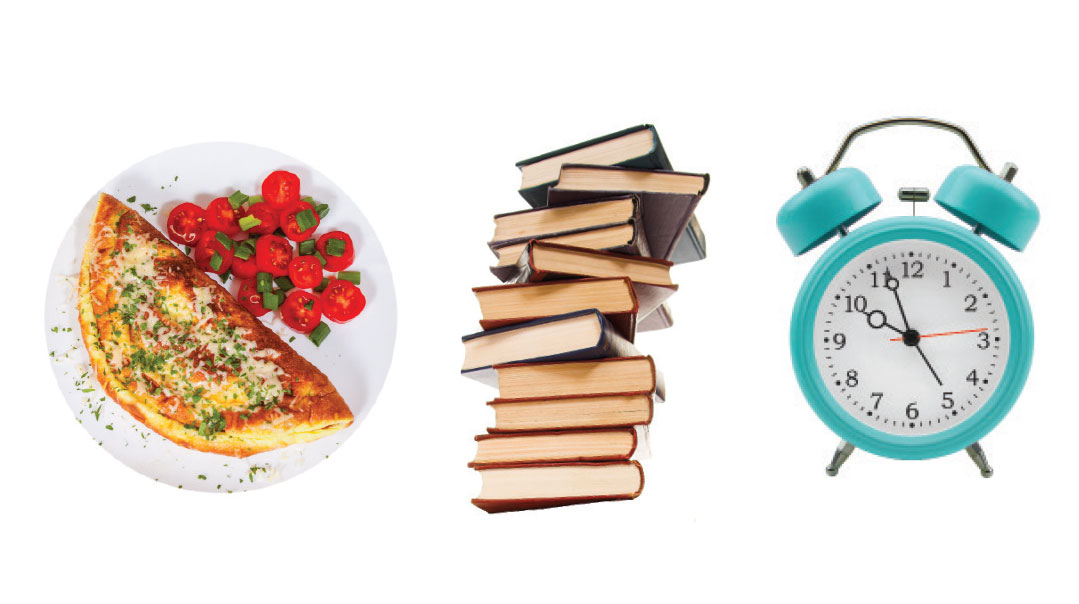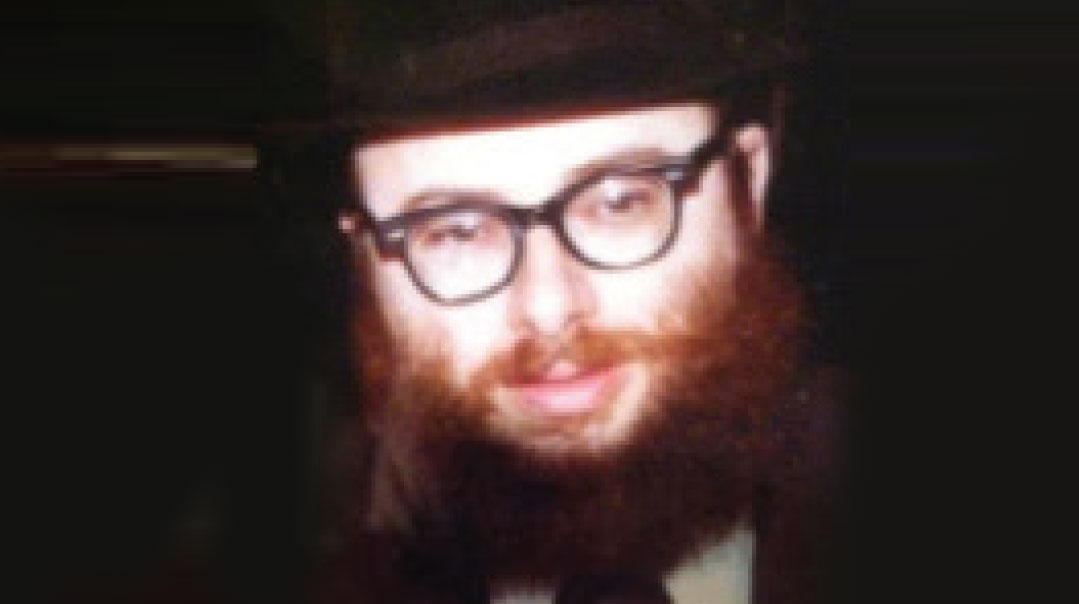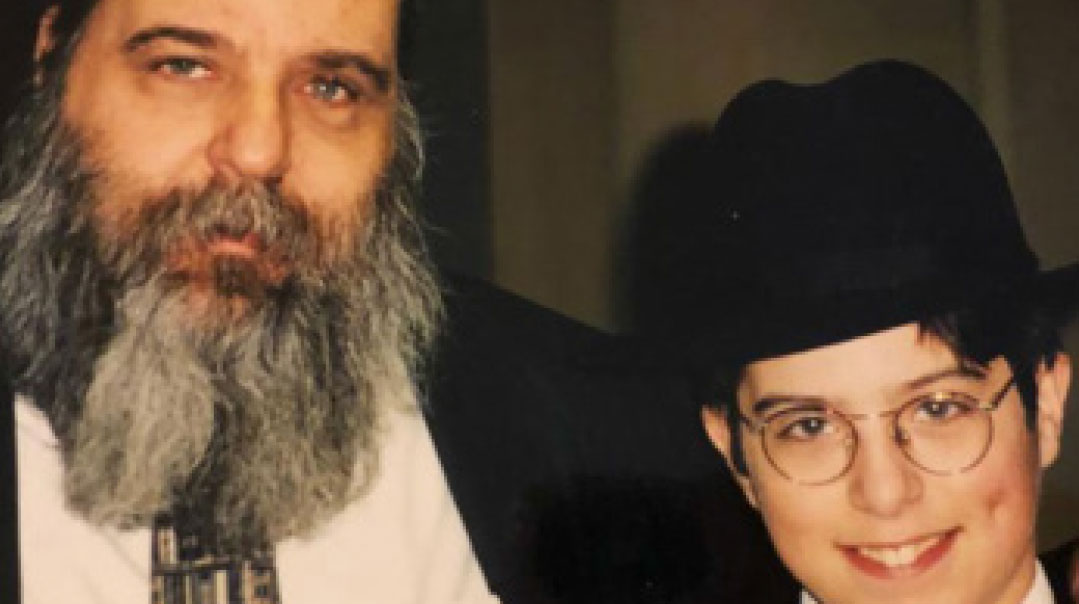My Relationship with Purim
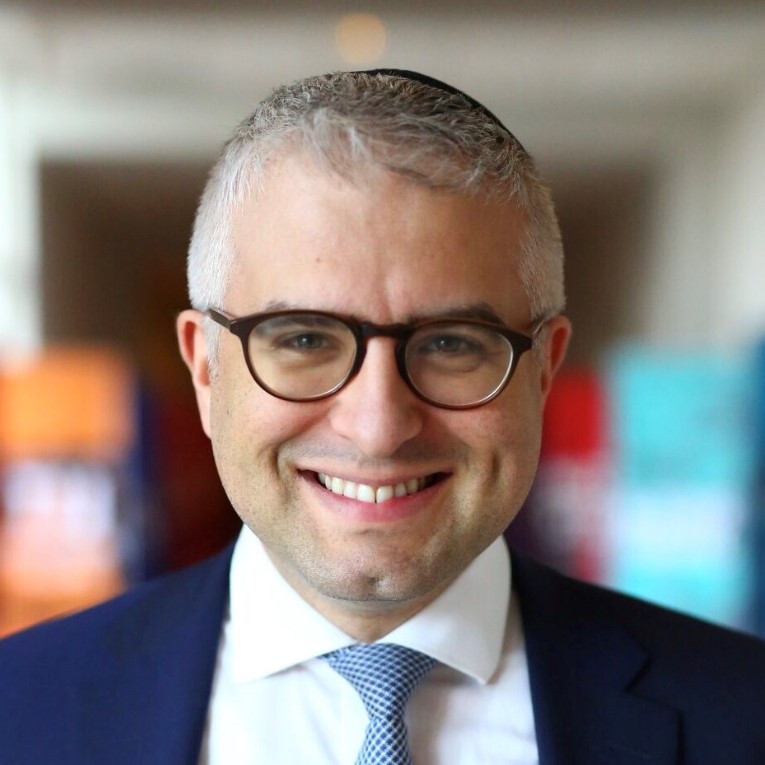
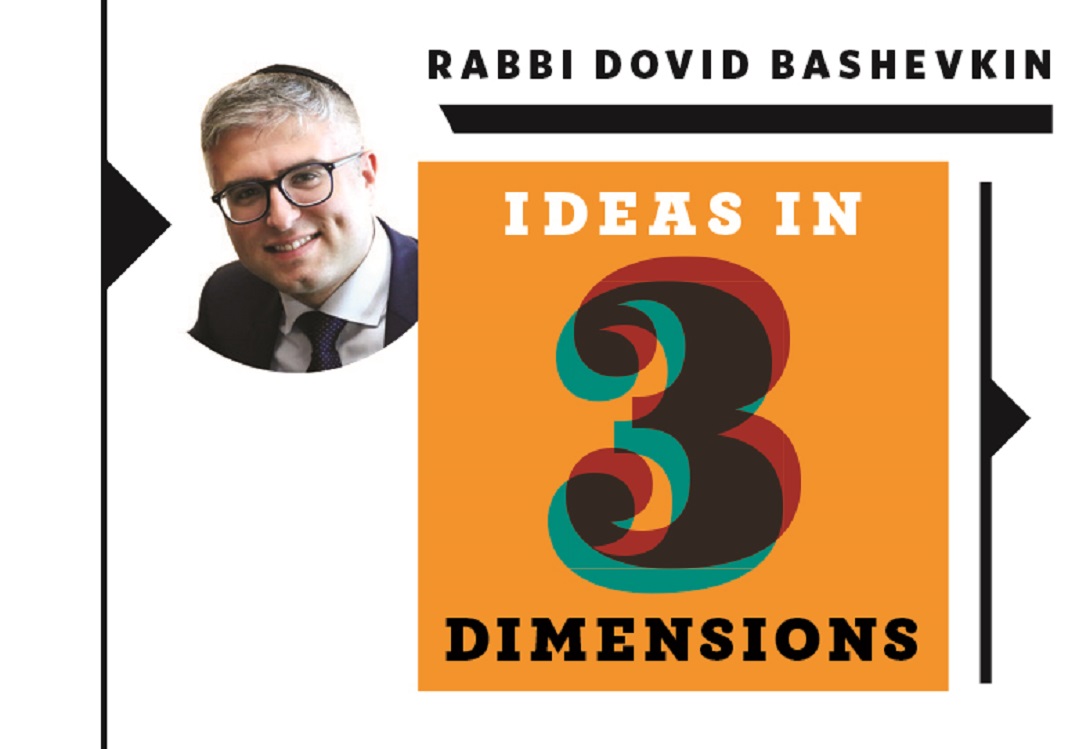
W
hat are you doing this year for Purim? What are you dressing up as? Where are you having the seudah? There’s always a lot of hype surrounding Purim, and my relationship with the holiday has been characterized by the various ways I’ve negotiated with the expectations surrounding the day. Like a midyear reunion with an old camp friend, there’s always a sense of pressure to recreate your best moments together. Sometimes it’s wonderful, sometimes it feels like your ability to create new memories is stifled by the persistent burden to measure up your present experience to past encounters. Much like the Kübler-Ross five stages of grief model, my approach to Purim’s expectations has also evolved through different stages over the years. It sometimes doesn’t measure up, but we’ll always remain the dearest of friends.
Childhood: Purim Fears
My relationship with Purim began with fear. Every year, my elementary school would have a Purim party where kids would come dressed up in costumes. I’ve never shared this before, but I was absolutely terrified by most of the costumes. The bus ride to school the morning of the Purim party was fraught with terror — I was petrified of being accosted by a friend dressed up in a scary old-lady mask or, even worse, that I’d have to sit next to a zombie for the entire bus ride from my Lawrence home to Hewlett, New York.
My early Purim relationship was complicated further by my father. Let me be clear — my father is my role model and hero in every aspect of life. Except one: Purim. My father is basically the Mr. Scrooge of Purim festivities. He would close the shades and hide upstairs to avoid the gaggle of bochurim dressed in giant ape costumes who would force him into uproarious circles and then, after being handed an $18 check, would brazenly ask, “Did you miss a zero?” Forced festiveness did not come naturally to this oncologist. Purim? Bah-humbug.
But my childhood Purim was not completely forgone. Revach v’hatzalah emerged from a different place—Sruly Greenwald’s The Purim Story tape series. If you’ve never heard the classic Purim Story tape series, stop what you’re doing, and listen now. It is for Jews of all ages. And, portending some of my own work for this magazine, many very subtle references were snuck in to appeal to all ages and backgrounds. The signature song from the tape includes the refrain, “We can do teshuvah, once again.” And that became my approach to Purim. Like teshuvah, Purim is not a one-time event. Reinvention can be done continuously.
Adolescence: Purim Pride
If my childhood Purim experience was like those first summers in sleepaway camp when your parents have to take you home after visiting day because you were homesick, in my young adult years, I was the color war captain.
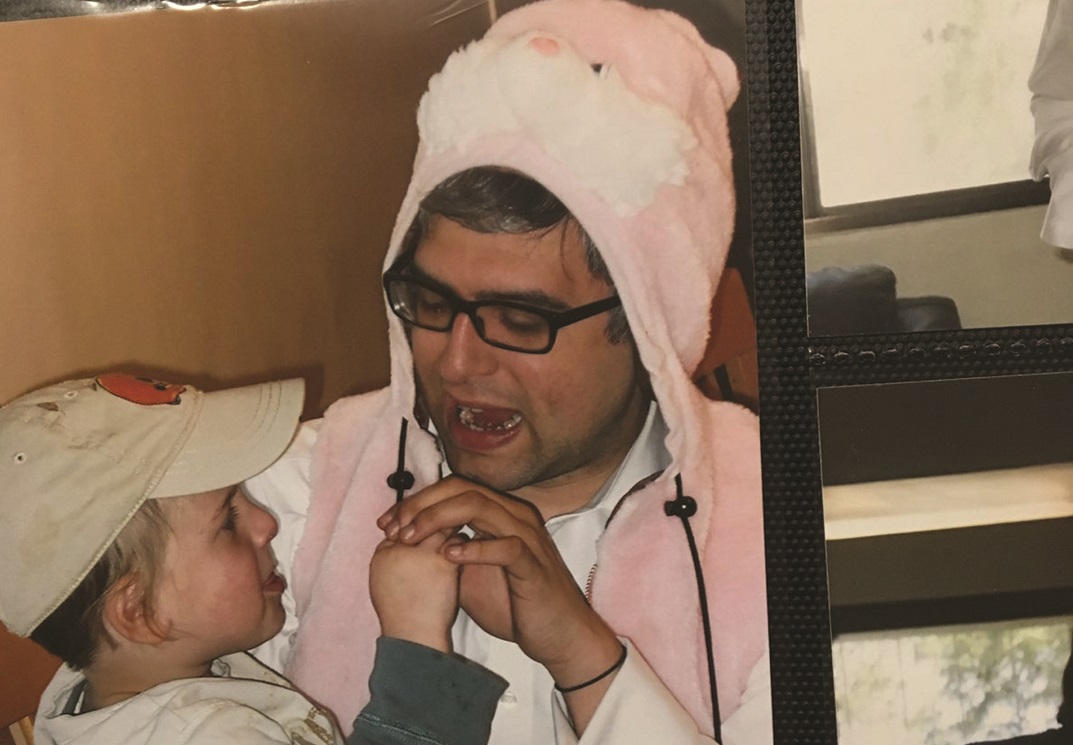
My Purim experience peaked during my years in Ner Israel, where I had a Purim suit of sorts. You don’t buy a new suit every Shabbos, why should Purim be different? My annual Purim suit was a fluffy pink bunny top — replete with ears on the hood and a white bunny tail — tastefully complemented with pink sweatpants I found in some thrift store (the first stop for any yeshivah bochur trying to find some creative Purim inspiration). Each year, we hung up Yiddish signs throughout the yeshivah inviting everyone to a unified l’chayim and siyum in front of the dorms.
Along with my dear friend Dr. Akiva Diamond, PhD (he has a real medical degree, but his PhD was in cholent making — his dissertation was “The Effects of Peeling Sweet Potatoes Directly into the Crockpot on Cholent’s Texture and Consistency”), we made enough to serve everyone who showed up. Purim became an immersive experience. I finished Megillah every year. Read through Rav Hutner’s Pachad Yitzchok — even the Yiddish ones in the back, which my yeshivah friend Yitzchok Bloch carefully read to me so I could fill in the nekudos. (My favorite Pachad Yitzchoks on Purim? Glad you asked. Here’s my top 5: #27, 30, 33, and two Yiddish ones in the back, 11 and 14.)
Once I grew up, I never participated in Sh’or Yoshuv rosh yeshivah Rav Freifeld’s legendary Purim parade, but I vaguely remember seeing it as a child. He explained that the reason he paraded down the street with an entourage on Purim was his hope that “Efshar m’ken unvarmen a Yiddishe hartz — Maybe we can warm a Jewish heart.” And in whatever small way, that was my approach during those years. Hoping someone seeing a giant pink bunny would, however briefly, warm their hearts.

Adulthood: Purim Acceptance
If Purim used to be about my expectations, married Purim was learning to navigate the world of our expectations. No one quite prepares you for how to proceed on Purim once you’re married. Maybe I missed that day in chassan classes. From the moment my wife suggested, “Maybe we’ll go to my mom in Fairlawn this year?” I knew we were a long way from Baltimore.
Those early married years on Purim were certainly an adjustment. But they were also an important lesson about transitioning my focus from a youthful hype to a more mature embrace of the moment. My seudos since have gotten much smaller. Sometimes just another family. But they’ve also become more joyous in a richer, subtler way. Unencumbered by expectations, I’m able to focus on the right now of Purim.
Rav Hutner writes that Purim has an ephemeral quality. The drunken joy doesn’t leave the same impression that other holidays leave. But that’s what makes Purim so powerful — it cultivates our ability to immerse ourselves in a day regardless of the outcomes or expectations. In Rav Hutner’s words, “Kol zeman zitz ich beim tish, shtorem ich — as long as I’m sitting at the table, I’m storming.”
Purim is not about reclaiming the excitement of an imagined past, but embracing the moment on the table in front of us. Keep storming.
(Originally featured in Mishpacha Issue 752)
Oops! We could not locate your form.
